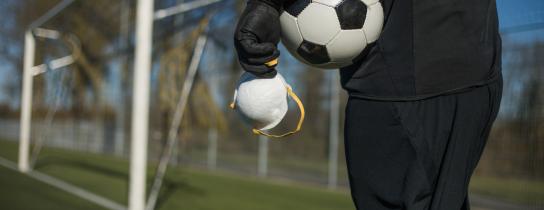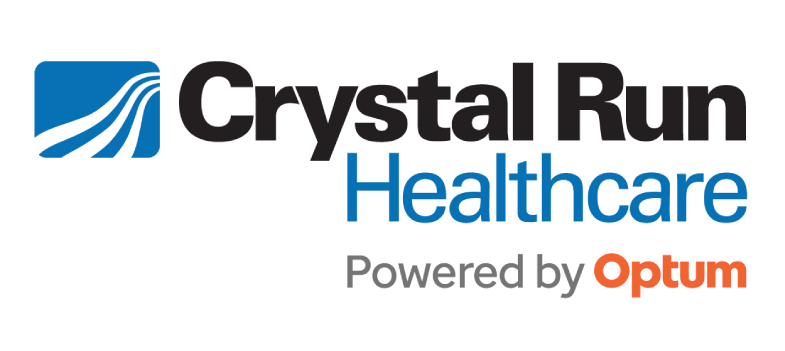
Returning to Youth Sports in the New Reality of COVID-19 by Sports Medicine Specialist, Justin Conway, MD
As an athlete, sports fan, and sports medicine physician, I suspect I am not alone in speculating about when organized sports will return on both national and local stages. And with concern for the health of society as a whole, I suspect I am also not alone in hoping for caution in that return. For many, resuming organized sports may feel like an important step toward some sense of normalcy and community life. For others, the COVID-19 pandemic has perhaps caused reflection about the relationship between organized sports and general health, rekindled a love of informal healthy exercise like gardening or taking a walk with close family members, or inspired a desire for better balance in our consumption of sports as entertainment.
Beyond these reflections, there are many practical issues to grapple with before organized sports can restart safely. These include the timing of reopening, testing availability, and protections for participants, fans, and the many workers that contribute to the staging of sporting events. Regardless of the specific policies that are put into place, the following are considerations for health and safety surrounding organized sports with an emphasis on youth sports.
1. Athletes need adequate time for practice and conditioning before starting games
The rate of muscular strains increased in the first few weeks of games in the newly re-opened German professional soccer league (Bundesliga).This exemplifies why we need to give youth athletes time to re-acclimate to their sport before starting games in order to reduce the risk of injury. This is true at the onset of any season, but particularly now given the possibility of relative inactivity due to the lack of access to gyms, schools, and playgrounds.
Most professional sports leagues include an extended preseason period, and youth athletes would also benefit from this approach, particularly at this time. For softball and baseball, for example, time to develop a good foundation of arm strength and proper mechanics, prior to starting games, is critical to reduce the risk of injury.
2. Safe hygiene practices extend beyond masks
Masks will be important staples of daily life for the foreseeable future in order to limit the spread of COVID-19, and this will extend to sports as well. Though it may not be possible for athletes to wear masks while playing, it’s important that referees, coaches and support staff wear masks whenever possible. It would also be reasonable for athletes on the bench or in the dugout to wear a mask when not in the field of play.
Beyond wearing masks, athletes can be coached to use personal water bottles and towels that are not shared with teammates. Rather than sharing a big bowl of orange slices during halftime of a soccer game, consider asking each athlete to bring their own in a reusable container.
As we know from prior outbreaks within sports teams, locker rooms are a fertile environment for the spread of infection. Athletes can be encouraged to change and shower at home as opposed to using locker rooms on site. And of course the importance of frequent hand washing cannot be overstated.
3. Smart scheduling
When sports do resume, it may be tempting to pack in as many games as possible. Large tournaments with travel teams from across the country playing multiple games per day, however, create conditions for viral spread, and youth leagues should focus instead on individual games between local teams as an initial step in a return to sports. Larger tournaments can be postponed or at the very least limited to teams from the same region.
Additionally, individual non- contact sports such as cross country and tennis may be able to resume safely before team and contact sports do. It will not be a “one size fits all” approach. For example, the United States Olympic Committee recently released guidelines on returning to athletics that classify sports into three categories based on risk of viral spread – with different return criteria for each group. A similar approach may be used for youth athletes.
4. Close observation and flexibility
The considerations above are important given that many people infected with the COVID-19 virus (and capable of spreading it) are asymptomatic at the beginning of their illness. Monitoring of early symptoms and isolation of infected athletes will also be important. Coaches can ask athletes to log their symptoms and have their temperature checked daily. If any new concerning symptoms or fever are present, athletes should be required to stay at home and call their healthcare provider for further instructions. Athletes are too often praised for “pushing through” pain, illness, and injury for the sake of a team, and (especially in this situation) playing while sick has the potential for much more harm than good.
Team and league fees should be flexible to accommodate this new reality, with refunds available to families of youth that need to isolate from the team due to possible or confirmed COVID-19 infection. Teams also must be prepared and enabled to cancel events at the earliest signs of an outbreak among its players. This culture change will be difficult and will require encouragement from coaches, parents, and league officials, but we need to get this right both for our youth and for the sake of our communities.
Though I can’t wait to take my kids to the park and see local field’s active again with kids experiencing the joy and excitement of youth sports, I hope that a return to organized sports includes a consideration for the health and safety of all involved. Be well!
Justin Conway, MD, is a Board Certified Family Medicine and Sports Medicine Physician at Crystal Run Healthcare. He earned his Medical Degree at University of Michigan Medical School in Ann Arbor, Michigan. A former college basketball player for Princeton University, he is currently the Team Physician for Mount Saint Mary College and volunteers with the U.S. Ski and Snowboard Team. Dr. Conway is seeing patients at Crystal Run Healthcare’s Monroe and Newburgh locations.
Follow Justin Conway, MD on Twitter @conway_MD.

 Optum Radiology at Crystal Run Healthcare
Optum Radiology at Crystal Run Healthcare Request medical records online
Request medical records online